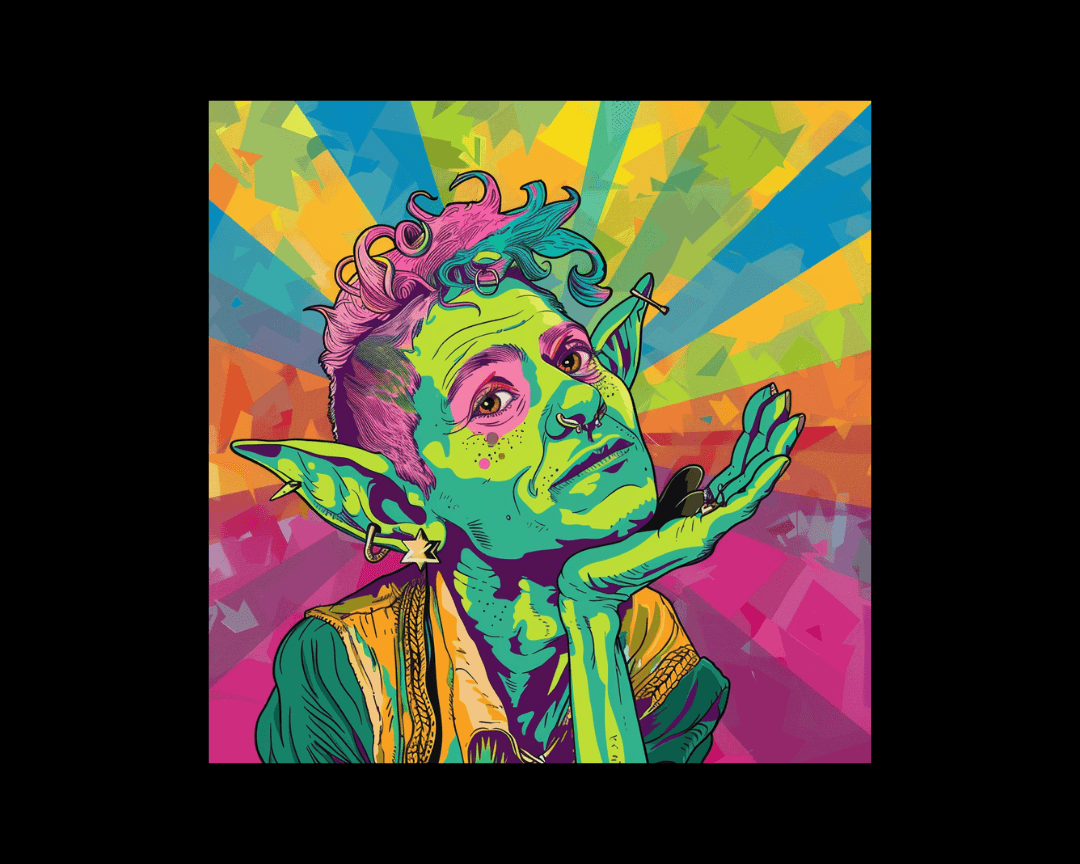Start Thinking About Your Writing Strengths
It's time to flip the script on how writers approach their craft. For far too long, the writing community has been stuck in a rut of self-doubt,...

Writers have long turned to unconventional methods for inspiration, and the Tarot is an increasingly popular tool for unlocking creativity, particularly when it comes to crafting compelling plot twists. With its rich symbolism, archetypes, and narrative structure, the Tarot deck offers a versatile and dynamic approach for overcoming writer’s block or generating new ideas.
In this article, we’ll explore how to use the Tarot to inspire your next plot twist and infuse fresh energy into your storytelling.
The Tarot deck is made up of 78 cards, each filled with imagery and meaning. These cards represent universal themes, emotions, and experiences, making them a powerful tool for storytelling. Many writers use Tarot not only for brainstorming plot ideas but also for character development, scene structure, and even dialogue.
Here’s why Tarot works so well for writing:
Let's walk through it.
Before drawing any cards, focus on the part of your story where you need inspiration. Are you stuck in the middle of your novel, trying to figure out what happens next? Or are you looking for a final twist to bring your story to an unexpected conclusion?
Setting a clear intention helps guide the Tarot reading toward useful insights.
Once you’ve set your intention, shuffle the deck with your story in mind. You can draw a single card or use a more complex Tarot spread, depending on how much guidance you’re seeking.
Single card: A simple one-card draw can give you immediate insight into the energy or theme you need for your plot twist. For example, drawing The Tower might suggest a shocking event or disaster.
Three-card spread: This classic Tarot layout provides past, present, and future insights, which can help you map out the lead-up and fallout of your plot twist. If you pull The Devil, The Lovers, and Judgement, your plot might involve a character’s internal struggle with temptation, followed by a consequential decision that brings resolution.
Once you’ve drawn your cards, spend time interpreting their meaning in the context of your story. Each card has multiple layers of interpretation, including its upright and reversed positions, as well as the imagery and symbols featured on the card.
For example:
Don’t be afraid to interpret the cards in a way that aligns with your story’s theme. The cards are meant to inspire rather than dictate the outcome.
Now that you have your Tarot-inspired insight, consider how it fits into the larger arc of your narrative. Does it introduce a new obstacle for your protagonist? Or perhaps it reveals a hidden truth about a secondary character?
Once you’ve integrated the Tarot-inspired twist into your story, take time to refine it. Does it align with the rest of the plot? How does it affect character development, pacing, and resolution? Ensure that the twist feels organic to the narrative and adds depth rather than confusion.
Here are a few Tarot cards commonly associated with major shifts or unexpected developments in stories:
Using Tarot to inspire plot twists isn’t just about finding random elements to introduce into your story. It’s a way to explore different emotional layers and conflict dynamics that make a story more compelling. The cards provide a fresh lens through which to view your characters and plot, opening up creative pathways you may not have considered.
Writing with Tarot offers an engaging and creative way to develop plot twists that feel both organic and surprising. By drawing on the rich symbolism and emotional depth of the cards, you can introduce elements into your story that propel characters into new directions or reveal unforeseen conflicts. Whether you’re stuck on a specific part of your narrative or simply looking for fresh inspiration, the Tarot provides endless possibilities for storytelling. So shuffle the deck, trust your intuition, and let the cards guide your next big twist!

It's time to flip the script on how writers approach their craft. For far too long, the writing community has been stuck in a rut of self-doubt,...

Urban fantasy seamlessly blends the mundane and the extraordinary in the ever-evolving tapestry of speculative fiction. It invites readers to embark...
.png)
2 min read
Writing is a canvas for artistic expression, and just as there are countless ways to paint a picture, there are a myriad of writing styles...